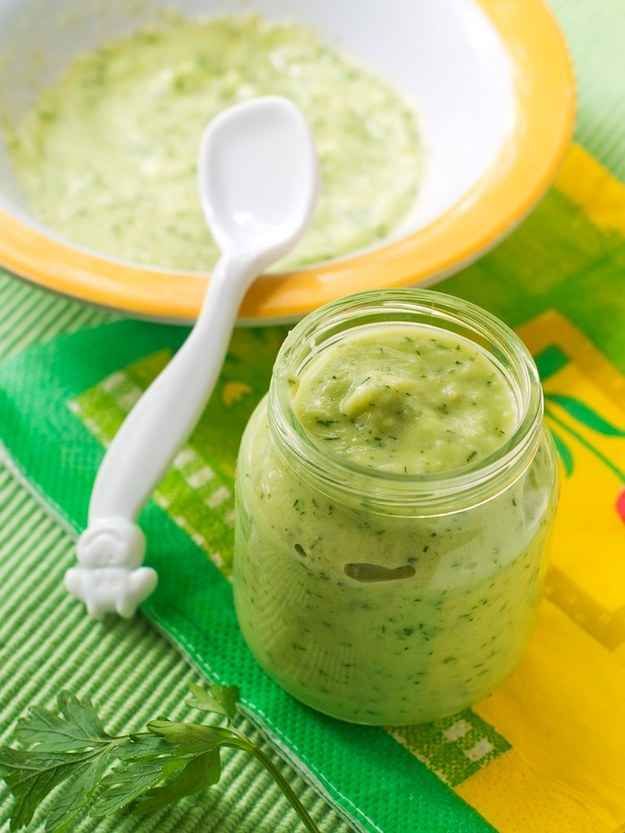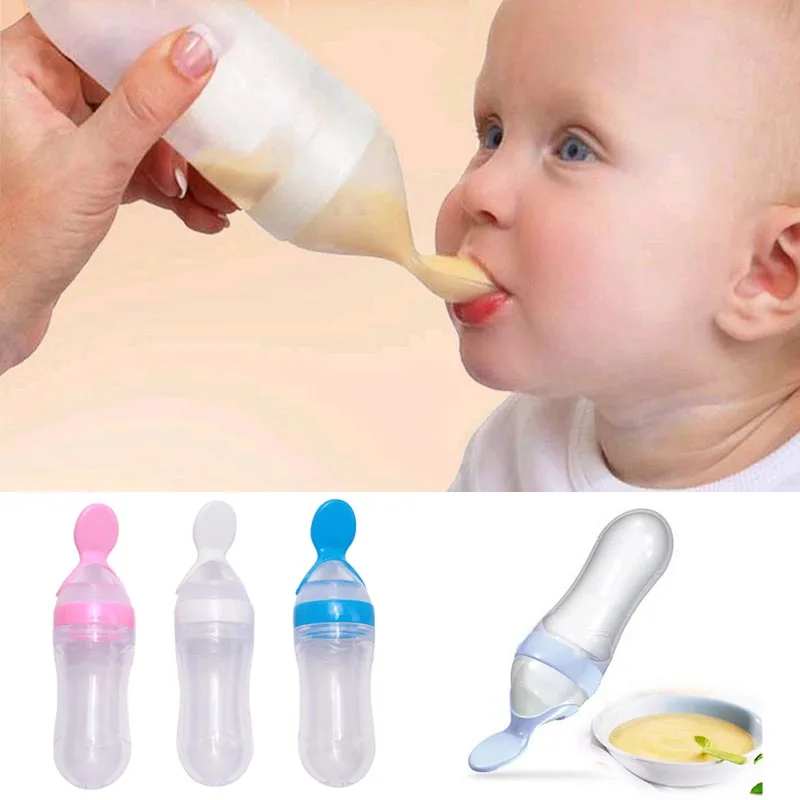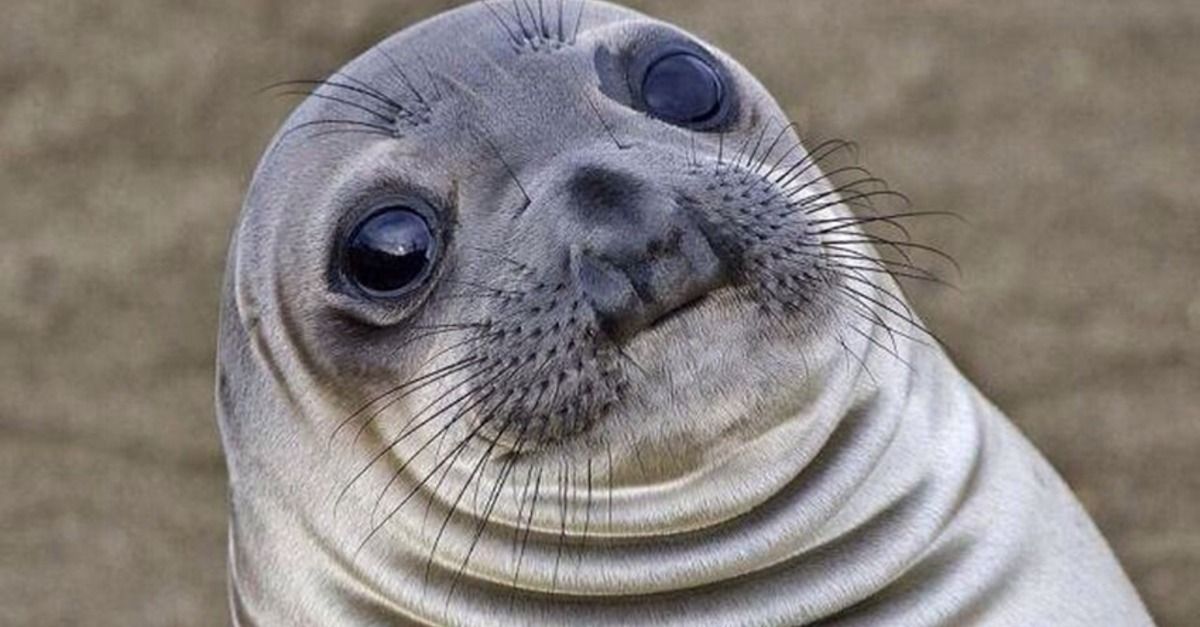Baby food allowed through airport security
3 Easy Tips to Meet The TSA Baby Food Guidelines
October 20, 2020 By Alexandra Maloney
Signing up for credit cards through partner links earns us a commission. Terms apply to the offers listed on this page. Here’s our full advertising policy: How we make money.
Bringing your little one along for a trip is a great way to bond and make lifelong family memories. Flying with your baby doesn’t need to be intimidating or stressful, and neither does getting their food through TSA. Your baby’s food is the most important thing you’ll travel with, and you’re permitted to bring frozen and bottled breast milk, as well as juices and formula for your baby on planes. All you need to do is plan ahead and budget more time at the airport!
TSA policies regarding baby food
TSA allows baby food in your carry-on bag — don’t leave your child’s food in your checked bag and risk it all getting lost in transit! Pack your formula, breast milk or juice in TSA pouches. When you arrive at TSA with your carry-on full of baby food, be sure to inform the TSA agent that you are traveling with the food before you begin your screening process. TSA will ask you to take these items out of your bag and will screen them through a separate process.
All formula, breast milk and juice will go through an X-ray screening process, the same one as your checked bag. TSA may need to test your liquids for explosives or concealed prohibited items and may request you to open them. If you don’t want your baby food open, you can deny this request — additional steps will be taken by TSA to ensure they’re safe for travel without opening.
Formula, breast milk and juices are an exemption under the 3-1-1 liquids rule for flying. This means that you can bring them in quantities greater than 3.4 oz, which is not the case for most other liquids going through TSA. Additionally, TSA allows ice packs and freezer packs for the purpose of freezing baby food — you can line a cooler bag with these to keep your baby food fresh!
If you’re flying with a toddler, you can bring gel or liquid-filled teethers, canned, jarred, and processed food along in carry-on baggage.
Tips for getting baby food through TSA without hassle
Make traveling with baby food quick and easy!
Determine how much food you’ll need to travel with in advance
No one knows your baby better than you — you know when your baby needs to eat! Before your trip, think about how long you’ll be gone, how many times and the amount your baby eats per day. Plan to bring at least this much food for your trip!
For parents that pump, consider pre-pumping and freezing some breast milk, and bring your pump with you to supplement the rest. For parents using formula, pre-package your baby’s food in TSA baby food pouches and store them away for the trip.
Pack your baby food well & keep it with you
TSA allows ice packs, freezer packs and the like for baby food — take advantage of this! Make sure you’re packing your cooler bag tightly and putting as many of these as you need inside to keep your food frozen.
Since baby food is allowed in your carry-on bag, be sure to keep your eye on it at all times. Don’t let it leave your sight when it’s going through TSA or in the airport in general — your baby needs it and unless you’re on a very short flight, they’ll probably need to eat on the plane.
Don’t let it leave your sight when it’s going through TSA or in the airport in general — your baby needs it and unless you’re on a very short flight, they’ll probably need to eat on the plane.
Insider Tip: Some airlines, like Southwest, allow babies and young toddlers to travel for free! Always be sure to check if there’s a child fare when booking your flight.
Give yourself extra time to go through security
Because of all the policies TSA has surrounding baby food, it’s important to give yourself extra time when traveling with it. You might need to jump through a few hoops to get it past TSA, and all food needs to be separately screened. This applies especially if you plan to bring a large amount of baby food on the plane. It’s better to be safe than sorry in this case — make sure you get your baby food through security and make your flight with plenty of time to spare!
FAQ for traveling with baby food
Can you bring squeezable baby food on a plane?
Yes! Squeezable pouches, jars or cans of baby food are all allowed on the plane and adhere to the same rules as breast milk, juices and formula. You can even bring gel or liquid-filled teething rings and toys for your little ones on the plane!
You can even bring gel or liquid-filled teething rings and toys for your little ones on the plane!
How much baby food can you take on a plane?
TSA allows baby food in “reasonable quantities” on planes. Basically, this means there is no strict cut-off for how much food you can bring on the plane. Bring only the amount of baby food your baby needs for the trip and you shouldn’t have any problems getting through security.
Can I bring water for baby formula on a plane?
Yes! Again, water for baby formula and babies is permitted by TSA in “reasonable quantities” in carry-on bags. The water for your baby formula will have to undergo the same screening process as the other foods you bring for your baby, but you shouldn’t have any trouble getting it onto the plane.
Bottom line
Whether you’re solo parent traveling or tag-teaming it with little ones, getting your baby’s food through TSA can be a stress-free and hassle-free process. TSA allows formula, breast milk and juices in quantities that exceed 3.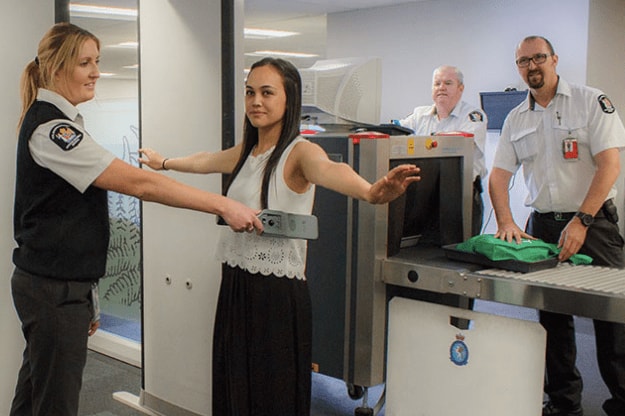 4oz, which is the typical rule, and you’ll be able to bring stocked cooler bags as well if needed. Be sure to give yourself plenty of time to get through security and have the food screened properly, plus keep it in your carry-on bag to make sure you have it with you whenever your baby needs it. After that, all that’s left to do is enjoy your trip with a happy and full baby!
4oz, which is the typical rule, and you’ll be able to bring stocked cooler bags as well if needed. Be sure to give yourself plenty of time to get through security and have the food screened properly, plus keep it in your carry-on bag to make sure you have it with you whenever your baby needs it. After that, all that’s left to do is enjoy your trip with a happy and full baby!
Alexandra Maloney is a contributor for Million Mile Secrets where she covers points and miles, credit cards, airlines, hotels, and general travel. She's worked as a writing consultant for the University of Richmond and is a features writer for The Collegian UR.
More Topics
Family Travel,
General Travel
Editorial Note: We're the Million Mile Secrets team. And we're proud of our content, opinions and analysis, and of our reader's comments. These haven’t been reviewed, approved or endorsed by any of the airlines, hotels, or credit card issuers which we often write about. And that’s just how we like it! :)
TSA Formula Rules: How to Travel With Breastmilk and Formula
Our editorial team personally selects each featured product. If you buy something through our links, we may earn an affiliate commission, at no cost to you.
If you buy something through our links, we may earn an affiliate commission, at no cost to you.
Avoid the dreaded security line milk dump with these tips from a travel pro and mother of two.
Flying with babies is stressful, even if they miraculously spend most of the flight sleeping. Luckily, one thing you don’t need to worry about when it comes to air travel is whether you can bring enough baby formula or breast milk to keep your baby happy and well-fed throughout your trip.
While passengers are usually allowed to bring a maximum of 3.4 ounces [100 mls] of liquid in their cabin luggage, that rule doesn’t apply to milk and food for infants and young children. Breast milk and formula are considered medically necessary liquids. This also applies to breast milk pumping equipment. You do not need to travel with your child to bring breast milk.
Table of Contents
- Tips from a travel pro and mother of two
- The Formula Mom’s expert tips on traveling with baby formula
- How much baby food can I take on a plane?
- Inspections, what to expect with baby formula
- Don’t be afraid to advocate
- Rules vary based on your destination
The Formula Mom’s expert tips on traveling with baby formula
We spoke to Mallory Whitmore, aka The Formula Mom. Her biggest piece of advice? You can chat with TSA via iMessage ahead of your trip to ask questions. The benefit is that you have a record of their response if you need to reference it with them during travel! To reach them, visit TSA customer service online. Under “Ask TSA” select “Apple Messages”— it opens a text thread! For android users there’s the option to use FB messenger.
Her biggest piece of advice? You can chat with TSA via iMessage ahead of your trip to ask questions. The benefit is that you have a record of their response if you need to reference it with them during travel! To reach them, visit TSA customer service online. Under “Ask TSA” select “Apple Messages”— it opens a text thread! For android users there’s the option to use FB messenger.
Experienced travelers know that snacks, and lots of them, are key to keeping kids relaxed mid-flight. Extra feeds can be a great source of comfort for babies in unfamiliar surroundings, too. That’s why we suggest packing twice as much milk as you think your baby will need, even if you’re taking a very quick plane trip.
Doubling up when flying with breast milk will reduce the stress of any unexpected delays, annoying spills, long lines, or lost luggage upon your arrival. It’s always better to be prepared.
Formula, breast milk, juice, and baby foods in quantities greater than 3.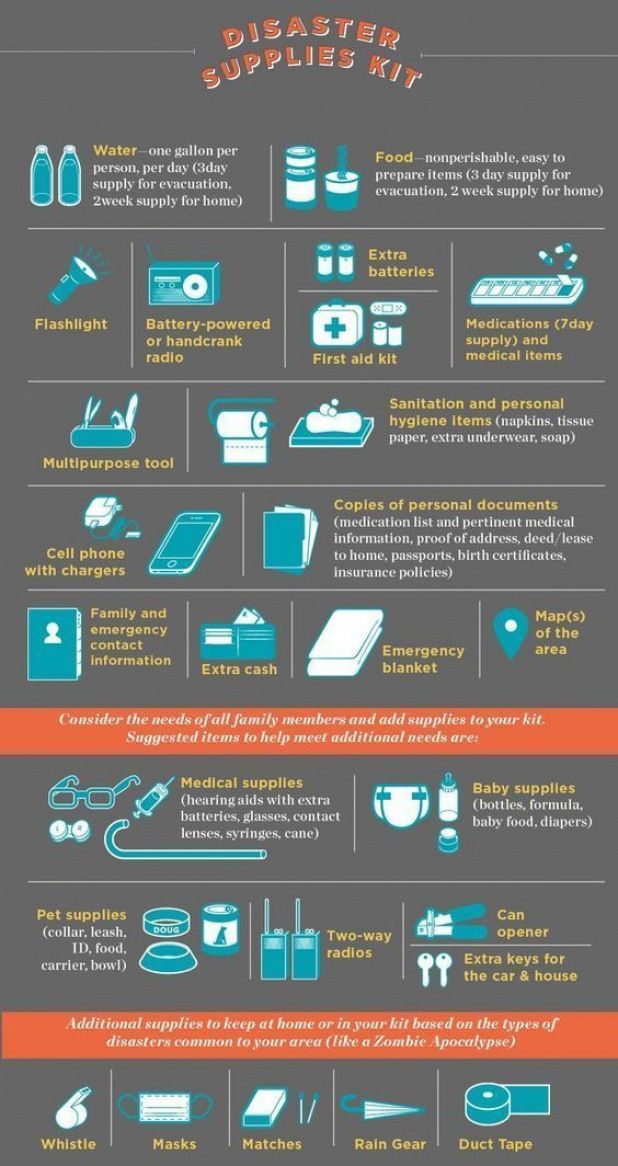 4 ounces [100mls] are allowed in carry-on baggage and don’t need to fit in a quart-sized bag.
4 ounces [100mls] are allowed in carry-on baggage and don’t need to fit in a quart-sized bag.
According to Transport Security Administration [TSA] guidelines, you’re permitted to bring larger amounts of breast milk and baby formula in reasonable quantities for your trip.
Security screening officers have the final say on what’s considered “a reasonable quantity,” but they’re unlikely to bat an eyelid at an entire carry-on bag full of baby food. This can include items like:
- Your baby’s milk of choice
- Sterilized water
- Juice
- Food in liquid, gel, powder or paste form (like yogurts and purees).
Bobbie mom, Angela, shares her tips for traveling with baby formula: Bring formula water in your thermos and make sure it’s in your diaper bag! The key is to keep everything in your diaper bag so it’s very clear for the TSA that it’s for your baby.
Shop Bobbie Organic Infant Formula
Bobbie Organic Infant Formula is a USDA Organic, EU-style infant formula that meets all FDA requirements. It is a complete nutrition milk-based powder modeled after breast milk and is easy on tummies. It is non-GMO and doesn't have corn syrup, palm oil, or maltodextrin. Learn more about Bobbie.
It is a complete nutrition milk-based powder modeled after breast milk and is easy on tummies. It is non-GMO and doesn't have corn syrup, palm oil, or maltodextrin. Learn more about Bobbie.
Shop Bobbie
Quick Summary- TSA guidelines allow flying with breastmilk and baby formula in reasonable quantities.
- You can double the amount your baby will typically consume during travel, and this will likely still fit into the screening officers’ “reasonable quantity” guideline.
Everyone wants to get through airport security as fast as possible. So how can you avoid any hurdles with your milk stash?
Declare your baby’s milk and foods to security officers at the beginning of the checkpoint for inspection. Then, remove them from your carry-on bag to be screened separately from the rest of your stuff.
You don’t need to be traveling with your baby when transporting breast milk. You may be asked to open any milk bottles for further inspection as liquids are typically screened by X-ray. If it’s feasible, you could also be asked to transfer a small quantity of milk to another container or dispose of a small amount.
The Food and Drug Administration (FDA) states that there are no known adverse effects from eating food, drinking beverages and using medicine screened by X-ray.
Quick Summary- You will need to remove formula, breast milk and juice from your carry-on bag to be screened separately.
- Food, beverages and medicines screened by X-ray are safe to consume.
- You don’t need to be traveling with your baby to carry formula or breast milk on a plane.
If you’re not comfortable having your baby’s formula, breast milk or baby food X-rayed or opened, you’re well within your rights to decline.
The TSA formula rules state that additional screening steps can be taken to clear your liquids, such as a pat-down and further screening of your other carry-on luggage. If your breast milk is frozen, a visual inspection is usually sufficient.
Once on board, most cabin crew won’t mind warming up your baby’s milk or food during your flight. In our experience, it’s often too hot when you get it back, so try to plan for extra time to cool it back down to a suitable temperature and give it a quick rub with an anti-bacterial wipe before feeding it to your baby.
Ice packs, freezer packs, frozen gel packs and other accessories used to cool formula, breast milk and juice are allowed in your carry-on but may be subject to additional screening if slushy or partially frozen. You can also bring gel or liquid-filled teethers.
Quick summary when it comes to traveling with baby formula- You can decline to have your baby’s food X-rayed or opened for inspection, but you may have to undergo additional screening.

- If you have the cabin crew warm your baby’s meal, check the temperature and sanitize the bottle before giving it to your baby.
- Accessories used to cool your baby’s food are allowed in your carry-on but may be subject to additional screening if they’re not fully frozen.
Rules vary based on your destination
Rules can vary from country to country, so be sure to research what’s permitted at your specific travel destination. Airport websites are usually a great place to find everything you need to know about what you can and can’t bring for your baby.
For additional tips on feeding your baby while on the go, the following blog posts are a great source of information:
Formula feeding and breastfeeding— Can you do both?
Can you use tap water for baby formula?
Does baby formula need to be warm?
Shop Bobbie Organic Infant Formula
Bobbie Organic Infant Formula is a USDA Organic, EU-style infant formula that meets all FDA requirements. It is a complete nutrition milk-based powder modeled after breast milk and is easy on tummies. It is non-GMO and doesn't have corn syrup, palm oil, or maltodextrin. Learn more about Bobbie.
It is a complete nutrition milk-based powder modeled after breast milk and is easy on tummies. It is non-GMO and doesn't have corn syrup, palm oil, or maltodextrin. Learn more about Bobbie.
Shop Bobbie
The content on this site is for informational purposes only and not intended to be a substitute for professional medical advice, diagnosis or treatment. Discuss any health or feeding concerns with your infant's pediatrician. Never disregard professional medical advice or delay it based on the content on this page.
Frequently asked questions about carry-on baggage
How can I get through security quickly and easily?
Follow these simple steps to get through pre-flight security control faster and without delay:
1. Review the Prohibited Items List here in advance and pack all prohibited items in your checked baggage in advance.
2. If you do pack liquids in your hand luggage, use a 1 liter resealable clear plastic bag that can hold packages smaller than 100 ml (more info here .
3. When you arrive at the security lines, remove the bag of liquids and large electronic devices (such as a laptop, camcorder and camera) from your carry-on baggage and place them in a clothes tray separate from your carry-on baggage.
4. Remove outer clothing and place it in the tray.
5. Remove all contents from the pockets and remove the trouser belt with metal buckle and jewelry that, if passed through the frame, can cause an alarm.
5. Place light items (eg scarves, earmuffs, hats, cardigans) in a bag before placing them in the luggage tray so that they are not damaged by the line rollers.
It is also necessary to take into account the possibility that, even if there are no prohibited items in the baggage, random control may be carried out in the security control zone, during which a sample is taken from the baggage for explosives. Follow the instructions of the security personnel.
Follow the instructions of the security personnel.
How many bins can I use for my luggage, clothing, etc. at the security checkpoint?
Each line has enough trays for each passenger, so you can use as many trays as you currently need. However, when using a very large number of trays, you should try not to forget your things at the end of the line.
Where can I get information about prohibited items in hand luggage?
Information about prohibited items in hand luggage can be found here . It should be borne in mind that it is impossible to compile an exhaustive list of prohibited items. The security officer has the right to assess the degree of danger of the item and not allow items not mentioned in the list of prohibited items on board the aircraft if they can be used to cause damage.
What is meant by liquids?
In aviation safety, liquids are not only products of a completely liquid consistency, such as drinks and perfumes. Liquids also include pastes, cosmetic liquids, liquid/powder mixes and contents of pressure vessels such as toothpaste, hair gel, drinks, soups, syrups, shaving foam and other products of similar consistency. Food products that do not have a solid consistency are also subject to a ban.
Liquids also include pastes, cosmetic liquids, liquid/powder mixes and contents of pressure vessels such as toothpaste, hair gel, drinks, soups, syrups, shaving foam and other products of similar consistency. Food products that do not have a solid consistency are also subject to a ban.
How do I pack my creams, toothpaste, etc. for hand luggage?
Liquids in packages up to 100 ml are allowed in cabin baggage if they are packed in a resealable transparent plastic bag with a volume of up to 1 liter so that the bag can be completely closed. One plastic bag is allowed per passenger.
Are bottles of water and other drinks also prohibited?
Yes, if the water bottle is larger than 100 ml, it will not be allowed through security.
If I have a water bottle larger than 100 ml but empty, is it allowed?
Yes, a completely empty bottle exceeding 100 ml is allowed.
Are medicines allowed in the cabin?
Yes, it is allowed to take medicines and special diet food necessary on the plane in your hand luggage, but please note that all products are subject to inspection in the security control area. We advise you to pack medicines and special dietary foods (including liquid medicines) so that you can take them all out of the bag at the same time to present them to the security officer.
We advise you to pack medicines and special dietary foods (including liquid medicines) so that you can take them all out of the bag at the same time to present them to the security officer.
Can I carry cold and cough medicine in my hand luggage?
Cold and cough medicines are allowed in carry-on baggage. Tallinn Airport classifies them as medicines, so they do not need to be classified as other liquids. However, keep in mind that these products are inspected separately. It may happen that the packages are opened.
If you do not need these medications during the flight, we advise you to pack them in your checked baggage.
Can baby food be carried in hand luggage?
Yes, baby food required during the flight is allowed, but please note that in the security control area, all products are subject to inspection. Some products will require a sample to be taken, which means that the packages will have to be opened. Pack baby food so that it can be easily shown to security personnel for inspection.
Pack baby food so that it can be easily shown to security personnel for inspection.
Can I use my own bag for liquids?
Yes, a passenger can use a personal bag or even a cosmetic bag for liquids. The bag or cosmetic bag must be transparent, resealable and up to 1 liter in volume. The contents must fit well in the bag and the bag must be completely closed.
Is contact lens liquid allowed in hand luggage?
Yes, contact lens liquid is allowed in carry-on baggage. Tallinn Airport classifies it as a medicine, so it does not need to be packed in a liter plastic bag along with other liquids. However, keep in mind that the lens fluid is inspected separately. It may happen that the package is opened.
If you do not need contact lens fluid during the flight, we advise you to pack it in your checked baggage.
What happens to perfumes, drinks and other liquids that I buy at airport stores?
Alcoholic beverages, cosmetics and other liquids purchased from airport stores are permitted on board the aircraft. If necessary, they are placed in special STEB packages that allow you to take them to your final destination if you are flying through several airports.
If necessary, they are placed in special STEB packages that allow you to take them to your final destination if you are flying through several airports.
Are sprat, herring in tomato, bread, jam, honey and other foodstuffs allowed in hand luggage on board the aircraft?
All foodstuffs in solid form (for example: bread) can be carried in hand luggage. Attention should be paid to solid food products that contain liquid (for example: sprat, herring in tomato sauce). In such cases, you need to check the size of the package, which cannot exceed 100 ml or 100 g, depending on the label.
The package size of a food product in the form of a liquid or cream (for example: jam, processed cheese) may also not exceed 100 ml. This also applies to honey and oil in any condition, the package size of which may not exceed 100 ml or 100 g.
When carrying foodstuffs in hand baggage, please take into account the total size of all relevant liquid containers that must fit in a 1 liter transparent plastic bag that is securely and resealable.
We advise you to place all foodstuffs in your checked baggage or purchase the necessary foodstuffs after security checks at the airport, in the shops of the terminal. There you can buy various Estonian food products, including honey, Muhu bread, sprat, herring and melted cheese.
Are nail scissors and pocket knives allowed on board?
If the length of the blade of a knife or scissors does not reach 6 cm, then such an item can be placed in hand luggage. But it is best to place all items with sharp ends or edges in your checked baggage. This also applies to other items that may pose a danger to crew members and passengers on board.
In the control zone, a sample was taken from my hand - what exactly is it about?
This is a test, the purpose of which is to detect the remains of explosives on the body of people and objects. Taking this sample does not mean that you did something wrong, in most cases we are talking about random control.
Is the body scanner dangerous for me?
The ProVision 2 body scanner used at Tallinn Airport uses safe broadband radio waves rather than X-rays to screen passengers. According to the manufacturer, it is completely safe for passengers.
Tallinn Airport is the only airport where such strict rules apply?
No, pre-flight security checks, including both passenger screening and baggage screening, comply with the requirements set out in Regulation (EÜ) No 300/2008 of the European Parliament and of the Council and are carried out in the same way in all EU countries.
What happens to liquids or other prohibited items found during security checks?
Prohibited items or liquids may be handed over to a security officer who will send them for destruction. More valuable items can be left in the airport storage room (at the airport information point), where you can pick up the item upon returning from your trip.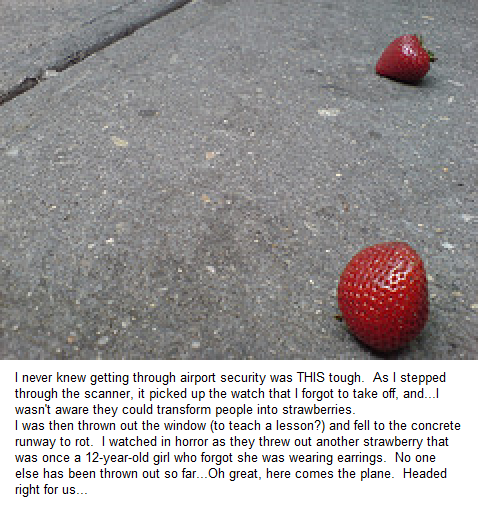
Are there any special requirements for external batteries (akupank)?
An external battery can only be carried in carry-on baggage, subject to certain conditions. For example, if the capacity of the external battery exceeds 100 Wh, you must have an airline permit with you. External batteries with a capacity of more than 160 Wh are prohibited for carriage.
Can blue flame lighters be taken on board?
Lighters with a blue flame are not allowed on board the aircraft.
Can I take fireworks or sparklers with me on my trip?
Fireworks and other pyrotechnics may not be taken on board an aircraft, either in hand or checked baggage.
Air travel security | Czech Airlines
What awaits you?
Before boarding the aircraft, the passenger, all their luggage and personal belongings must go through security control. During the control, please follow the instructions of the airport security staff.
Some items and substances are only allowed in checked baggage, these items and substances are not allowed in the cabin. Carriage of hazardous items and substances on Czech Airlines flights is strictly prohibited. You can find more detailed information in the section items prohibited for transportation.
Security check in progress:
- Valid travel documents (passport or ID card) and your boarding pass, please have it ready before security check starts. Provide documents to the airport security staff at their first request.
- Place hand luggage on the screening belt. Place personal belongings, hats, outerwear (jackets, coats, jackets, sweaters, etc.), the contents of pockets and a belt in the plastic containers provided for this purpose and also place them on the screening tape.
- All electronic devices such as mobile phones, laptops or tablet computers are subject to security controls. Remove the computer from the bag or case, put it in a separate plastic container and place it on the screening tape.

- At the invitation of the airport security officer, go through the frame or scanner.
- We recommend that you wear shoes that are easy to take off and put on again during security checks.
- If necessary, you can be checked with a hand-held metal detector or subjected to physical control.
For security reasons, the amount of liquid carried in cabin baggage is limited to a package with a maximum capacity of 100 ml. When shopping at duty-free shops at airports, you can purchase liquids in excess of 100 ml. We remind you that all purchases in Duty Free stores will be included in the free carry-on baggage allowance.
In the cabin of the aircraft in hand luggage you can take:
- Liquids in packs with a maximum capacity of 100 ml. All containers must be placed in one transparent resealable plastic bag with a total capacity not exceeding 1 liter per person.
- Medicinal preparations or other liquids used for medical purposes.

- In-flight baby food or special meals for passengers with illnesses.
- Drinks, perfumes and other liquids purchased in the airport transit area, packed in hermetically sealed bags with a receipt confirming the purchase of goods in duty-free shops.
We recommend that you do not carry more baby or special foods than you need during your flight. An airport security officer has the right to take a sample for control (for example, a sample of baby food) or require the provision of documents confirming the origin of the liquid (for example, when transporting insulin, require a confirmation from a doctor or a prescription in your name). You can carry larger amounts of liquids in your checked baggage.
Liquids means:
- Water and other drinks, soups or syrups,
- Creams, cosmetic lotions and oils,
- Perfumes,
- Sprays,
- Gels, including shampoos and shower gels,
- Pressurized containers, including shaving foams, hair styling foams and other foaming products or deodorants,
- Pastes, including toothpaste,
- Mixtures of solids and liquids, and
- Any other product of similar consistency.

Shopping at Duty Free shops at airports
Duty free shops can buy drinks, perfumes, creams and other liquids in containers larger than 100 ml after going through passport control at the airport or on the plane. When selling, they must be packed in a sealed transparent bag along with a check. Hold off opening your package until you pass security at the last transit airport of your trip.
Check in advance the rules for carrying certain categories of items in hand luggage at the airports where you will be transferring.
All purchases made at duty-free shops at airports will be included in your free carry-on baggage allowance. Hand baggage that exceeds the allowable number of pieces, size or weight limits can be carried for an appropriate fee as checked baggage in the baggage compartment of the aircraft.
Small electronic devices that emit electromagnetic waves can interfere with the operation of on-board instruments, computers and aircraft control systems.
Therefore, you can use small electronic devices on board Czech Airlines aircraft if you have switched off their communication systems (e.g. Wi-Fi) or activated the Airplane / Flight Safe mode before the flight.
Electronic devices that emit an electromagnetic signal and are not equipped with the Airplane / Flight Safe mode must remain turned off during the entire flight. Please post them safely.
Electronic devices approved for use on board Czech Airlines aircraft
Mobile phones, smartphones, tablets and other small devices , in which the Flight Safe mode was activated before the start of the flight, you can use it during the flight. If you cannot safely hold the device while taxiing, taking off and landing, place it in the seat pocket in front of you.
Laptops and Notebooks
These devices can be used while boarding other passengers before the front door of the aircraft is closed. During taxiing, takeoff and landing, they must be disabled and safely placed. You can use this type of device again during the cruising phase of the flight before the start of the descent, if the communication systems (for example, Wi-Fi) are turned off in them or the “In Airplane / Flight Safe” mode is turned on.
You can use this type of device again during the cruising phase of the flight before the start of the descent, if the communication systems (for example, Wi-Fi) are turned off in them or the “In Airplane / Flight Safe” mode is turned on.
Bluetooth headset
Any Bluetooth headset (eg wireless keyboards, headphones, etc.) can only be used during the cruise phase of the flight before the start of the descent. During taxiing, takeoff and landing, they must remain off.
Other devices without the function of transmitting or receiving an electromagnetic signal
These are DVD players, electronic games, music players, cameras or cameras. During the entire flight, only small devices that can be safely held in the hand are allowed to be used. Larger devices during taxiing, takeoff and landing must be turned off and safely placed.
Spare lithium batteries and accumulators
You can only take these devices in your cabin baggage. Each battery must be packed separately and protected from short circuit. A maximum of 2 batteries from 100 to 160 Wh are allowed to be transported. Batteries with a power density exceeding 160 Wh are not allowed in checked baggage and can only be carried as cargo.
A maximum of 2 batteries from 100 to 160 Wh are allowed to be transported. Batteries with a power density exceeding 160 Wh are not allowed in checked baggage and can only be carried as cargo.
Restrictions on the Use of Electronic Devices
Depending on flight conditions, crew members may request that all electronic devices be turned off and placed safely in seat pockets or overhead boxes. Follow the instructions of the crew throughout the flight.
If you are seated in an emergency exit row seat, you must not use any electronic devices during taxiing, takeoff and landing.
Using headphones on board an aircraft
Please do not use headphones during the pre-flight safety instructions. Apart from this short period, you can use the headphones for the entire duration of the flight. In an emergency, the use of headphones is prohibited.
When using headphones and other headsets with electronic devices, make sure that you do not block the passage between the aisles in the aircraft cabin.
For maximum passenger safety, certain items or substances cannot be carried on Czech Airlines flights. Prohibition rules for certain categories of items may vary by airline or country. We recommend that you always check in advance with the operating carrier or at the airports of your trip which items and substances are prohibited to carry on you or in your luggage.
Prohibited items in the aircraft cabin
The following items are prohibited during flight or in carry-on baggage:
- Throwing weapons, firearms and other projectile-ejecting devices,
- Stunning devices (e.g. stun gun, taser, baton, etc.),
- Items with a point or sharp edge,
- Working tools,
- Sports or martial arts equipment (e.g. softball or baseball bats, clubs, etc.),
- Toys visually similar to real offensive weapons (eg pistols, grenades, etc.).
These items may only be carried in checked baggage.

